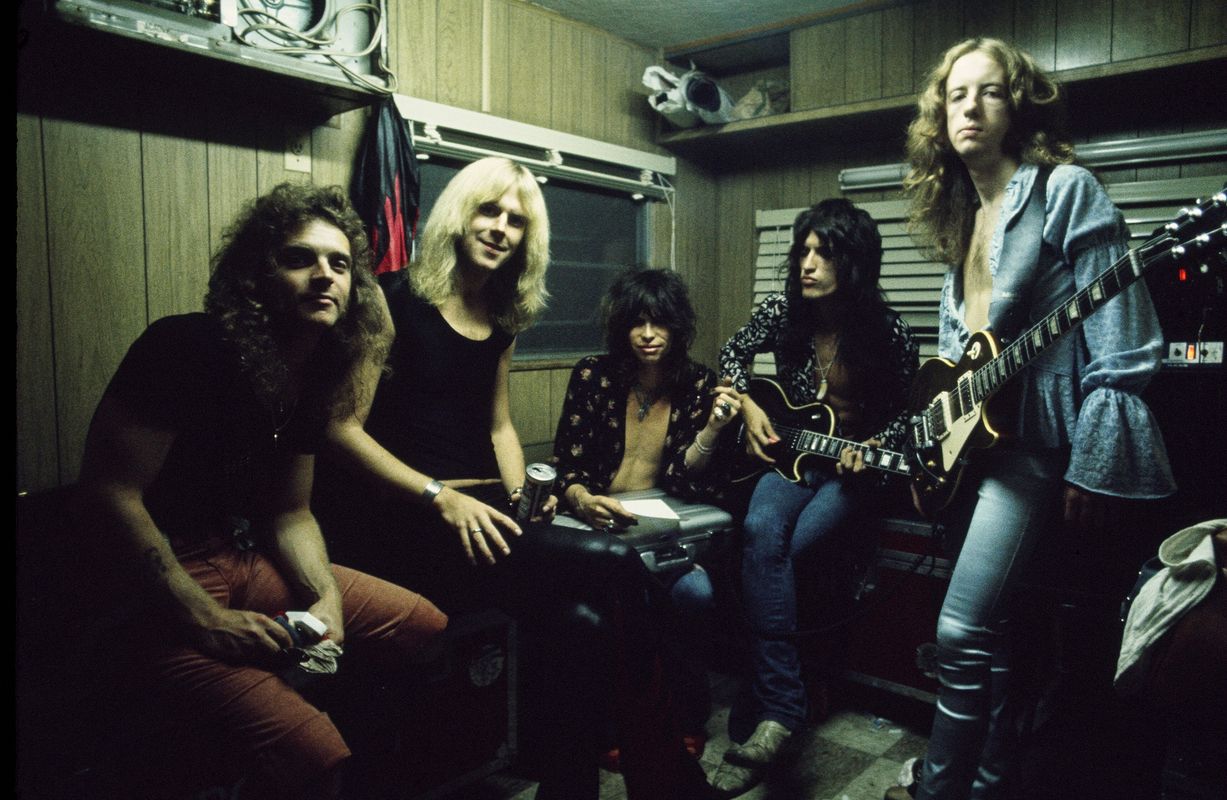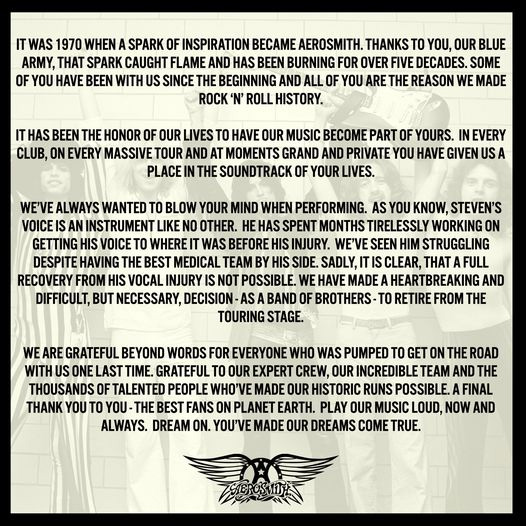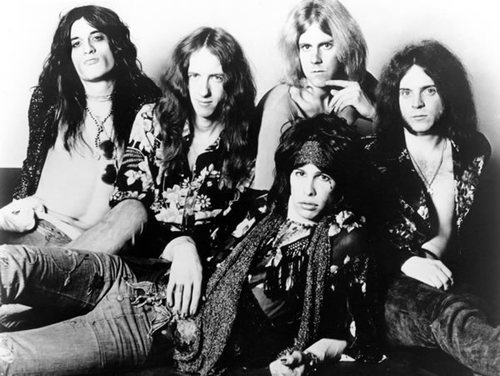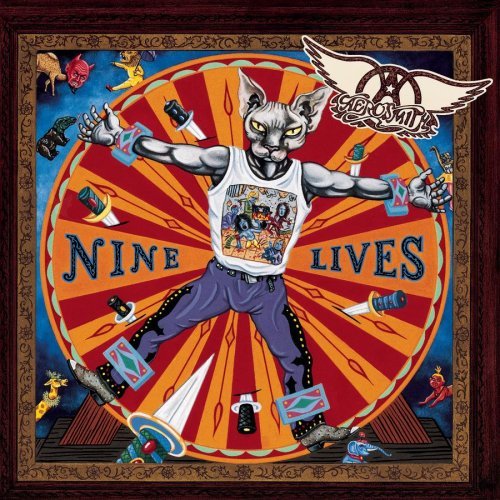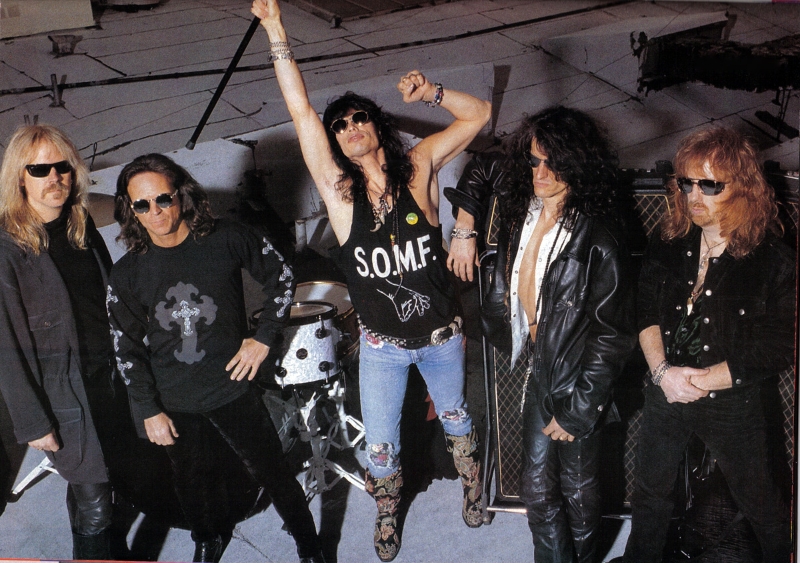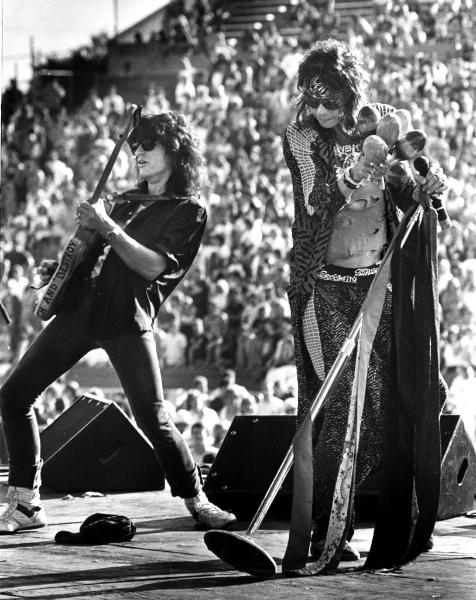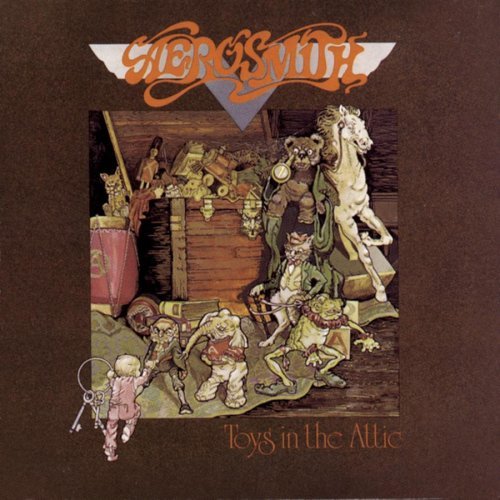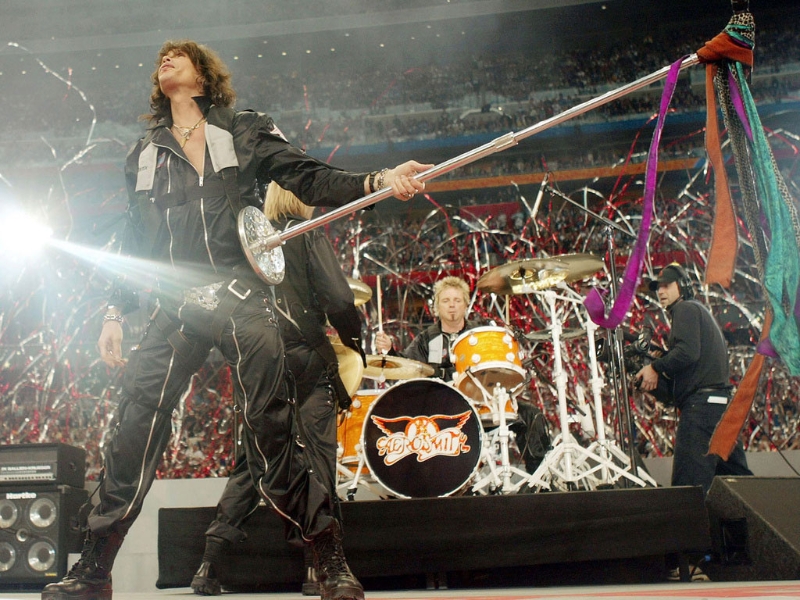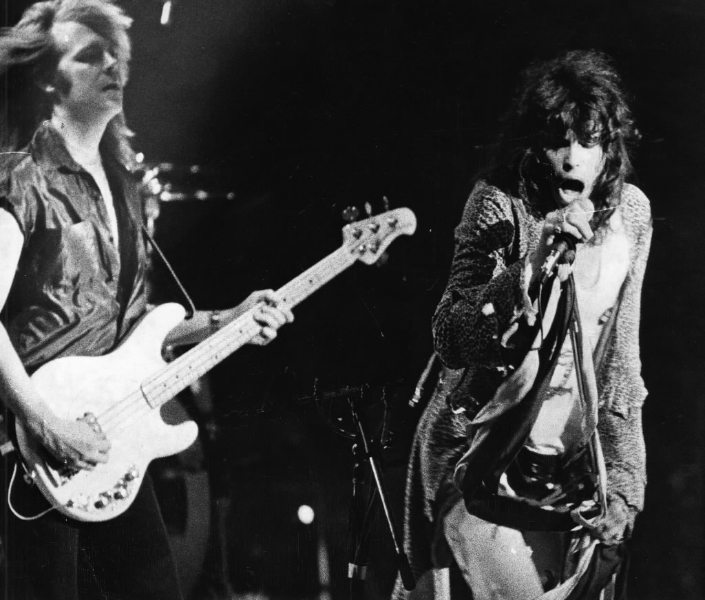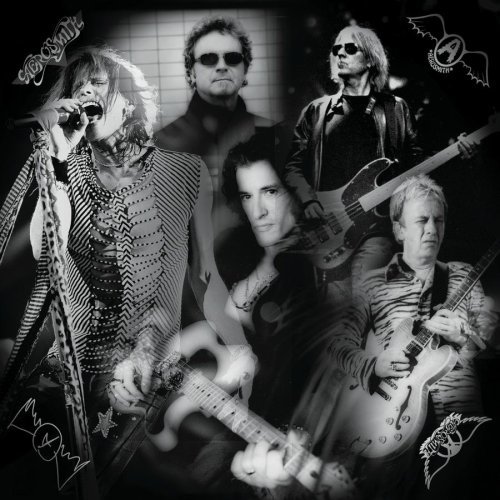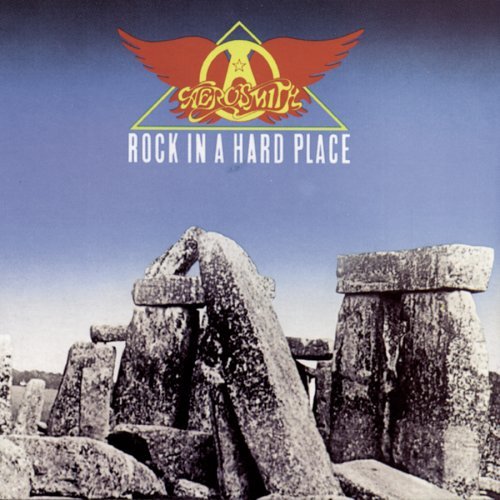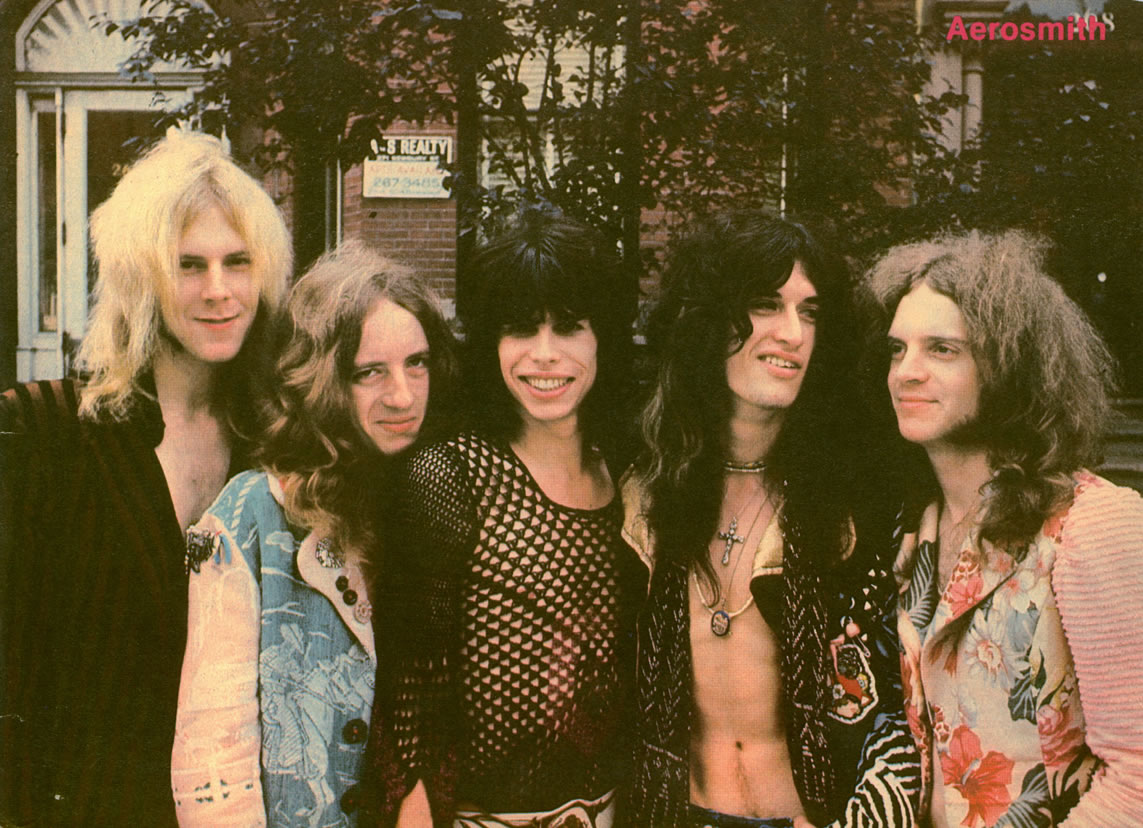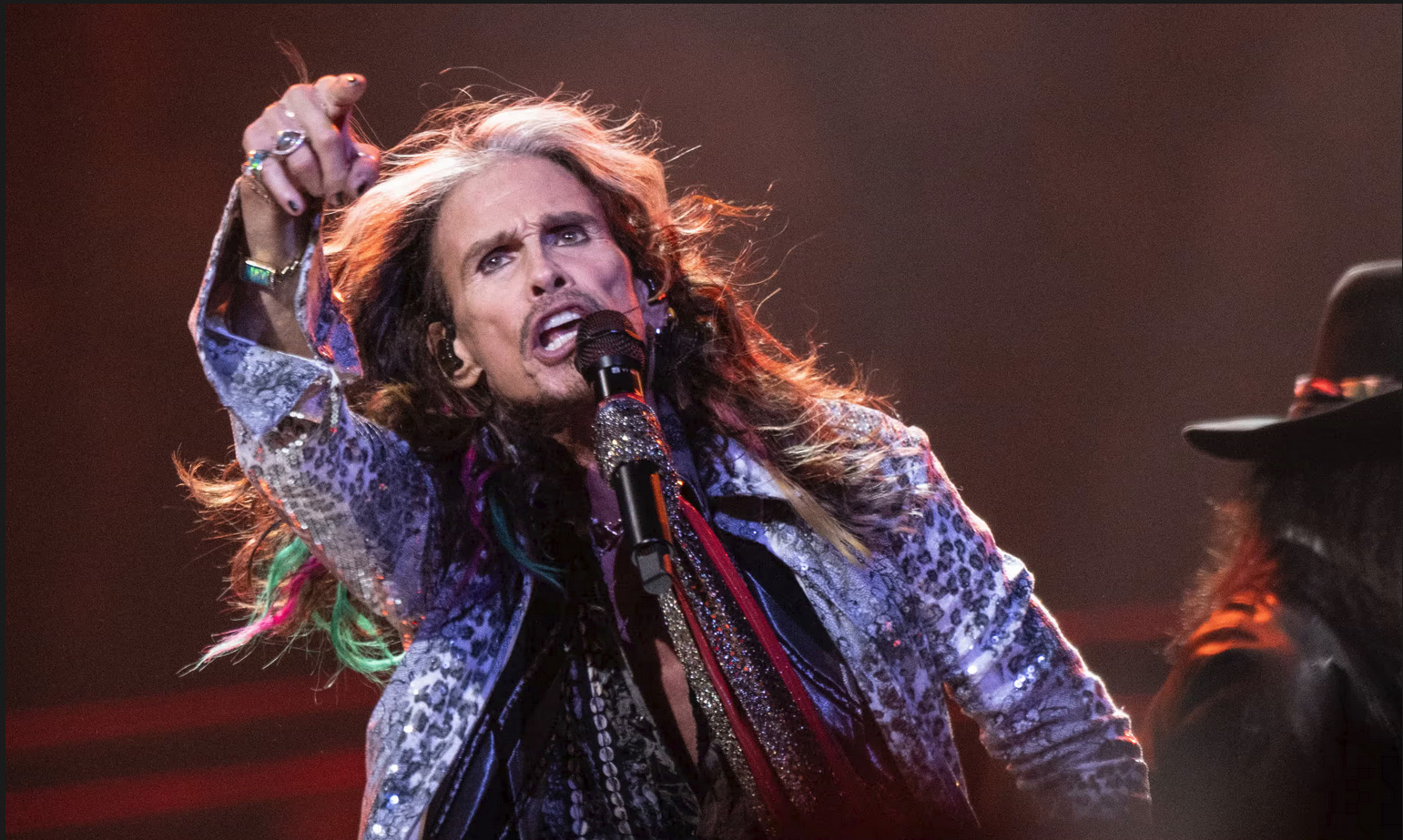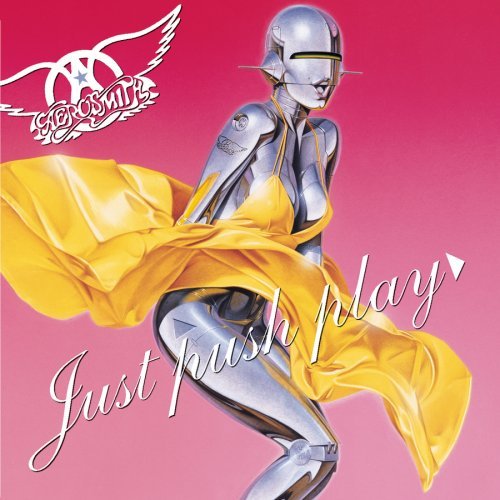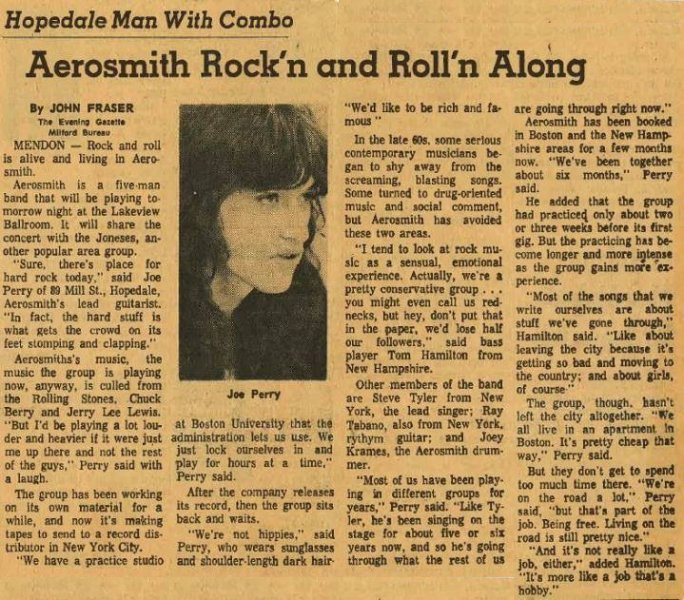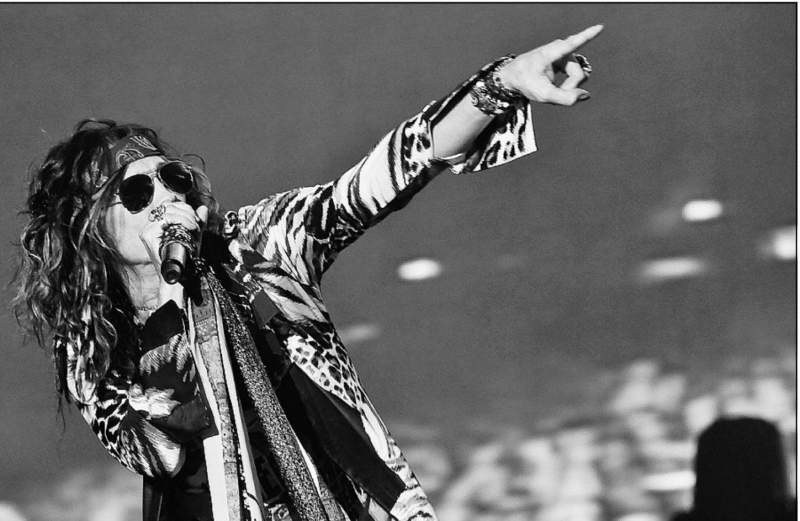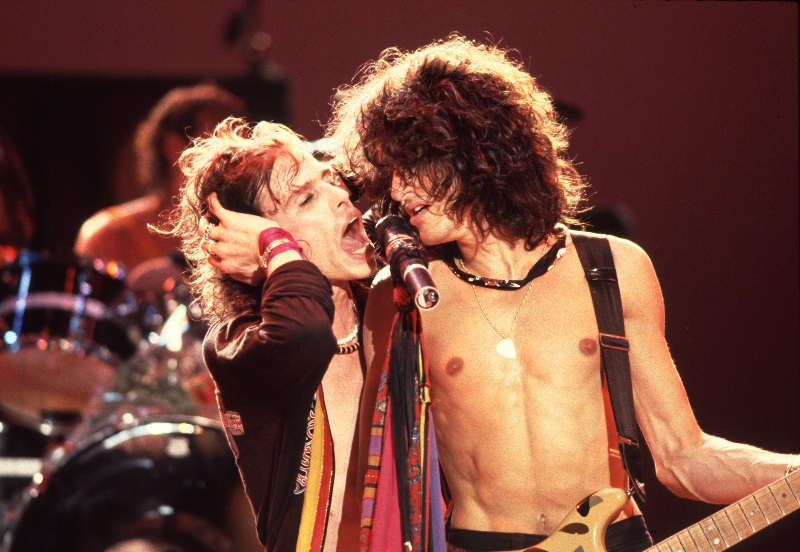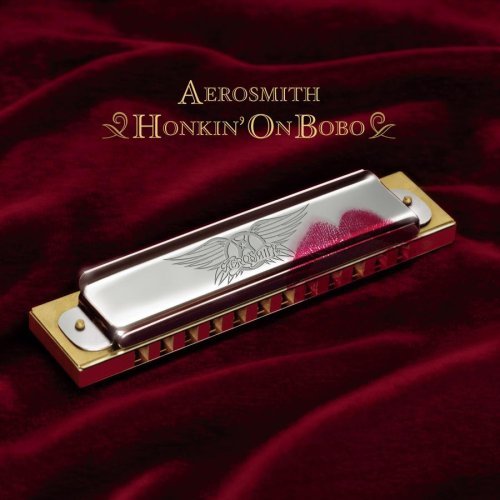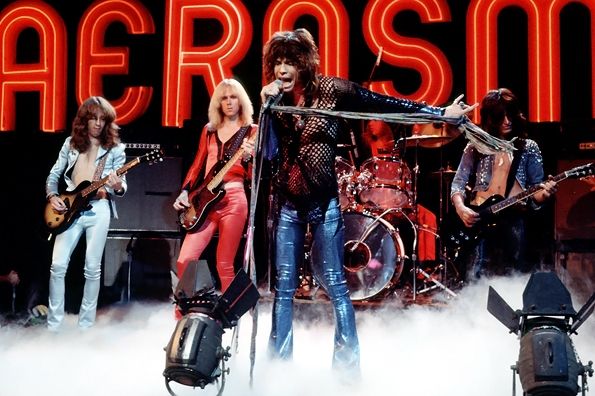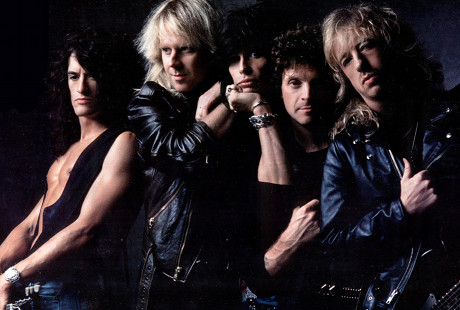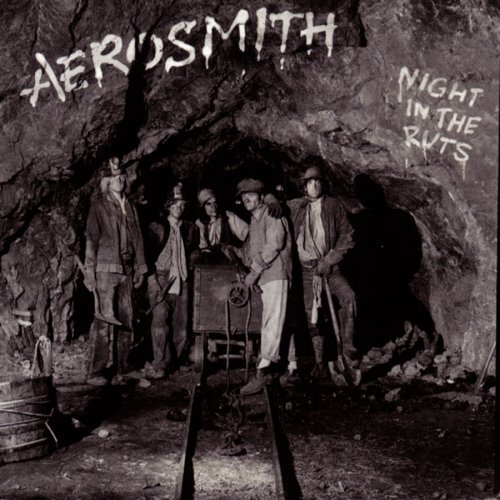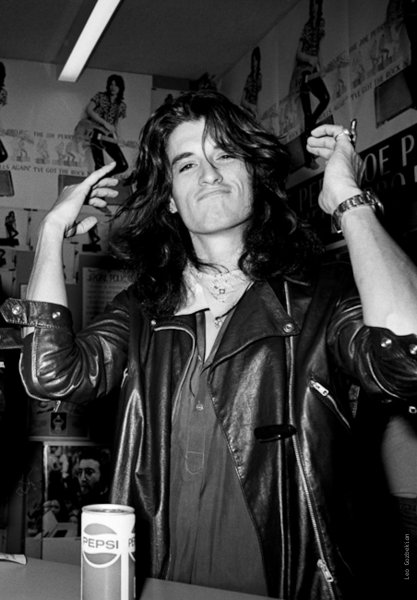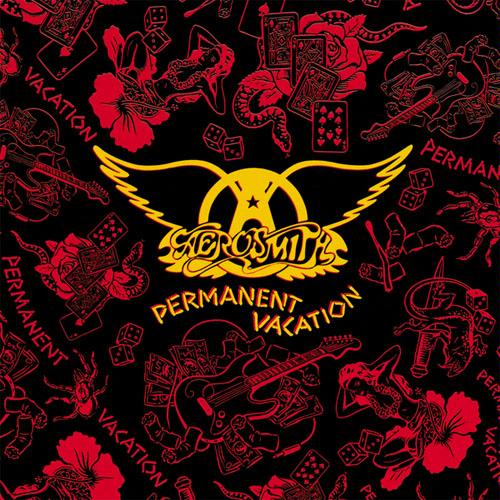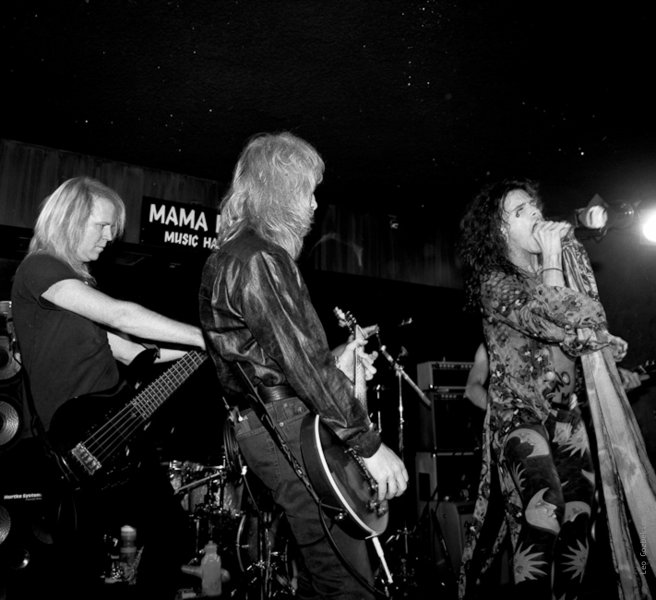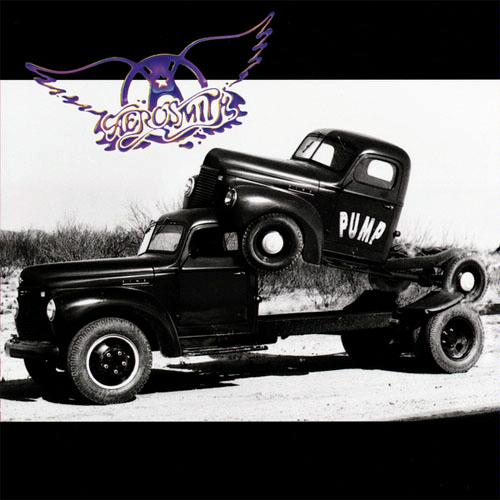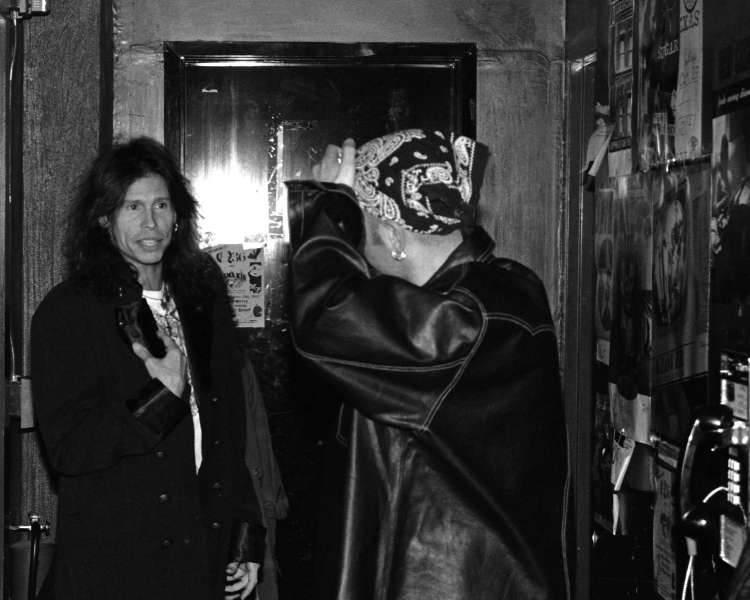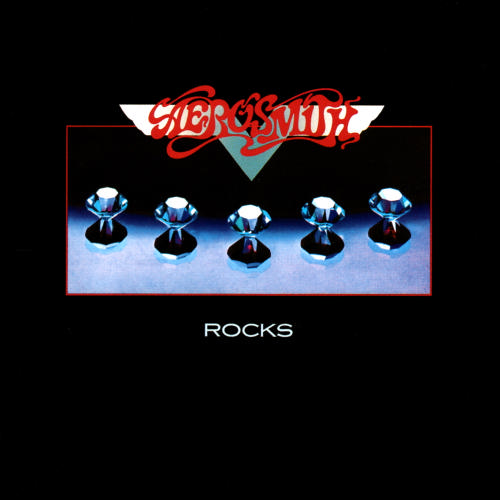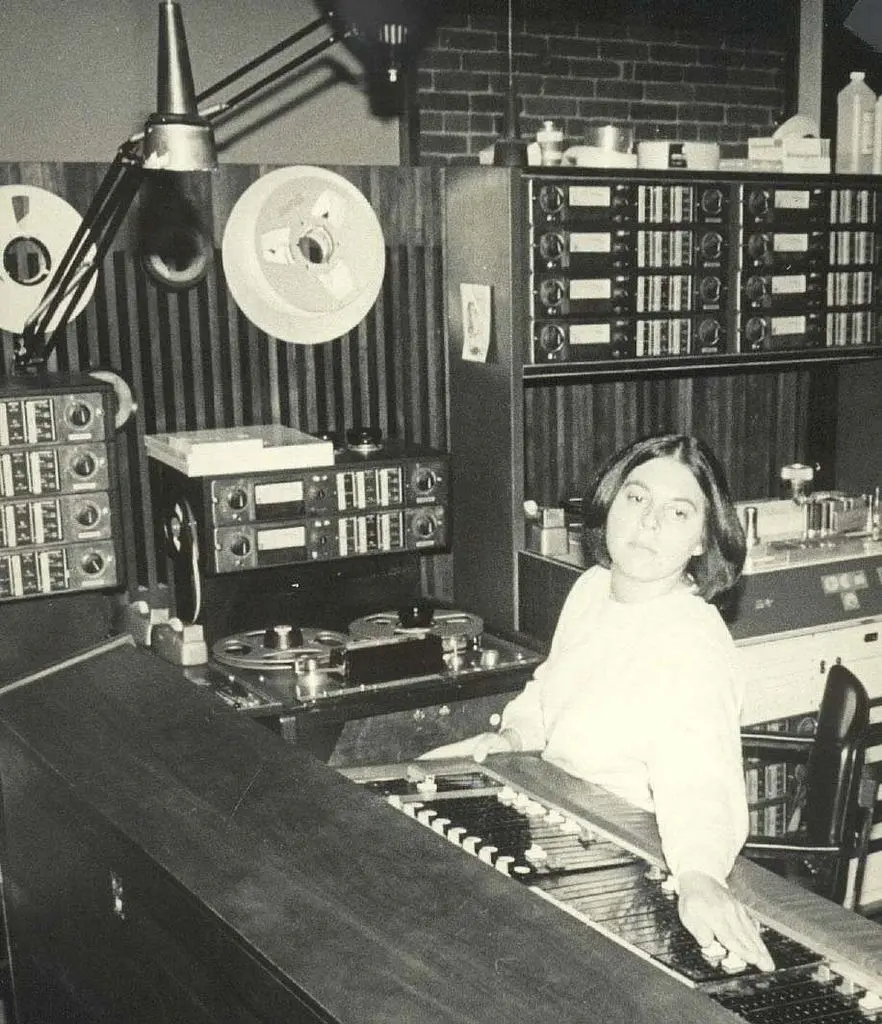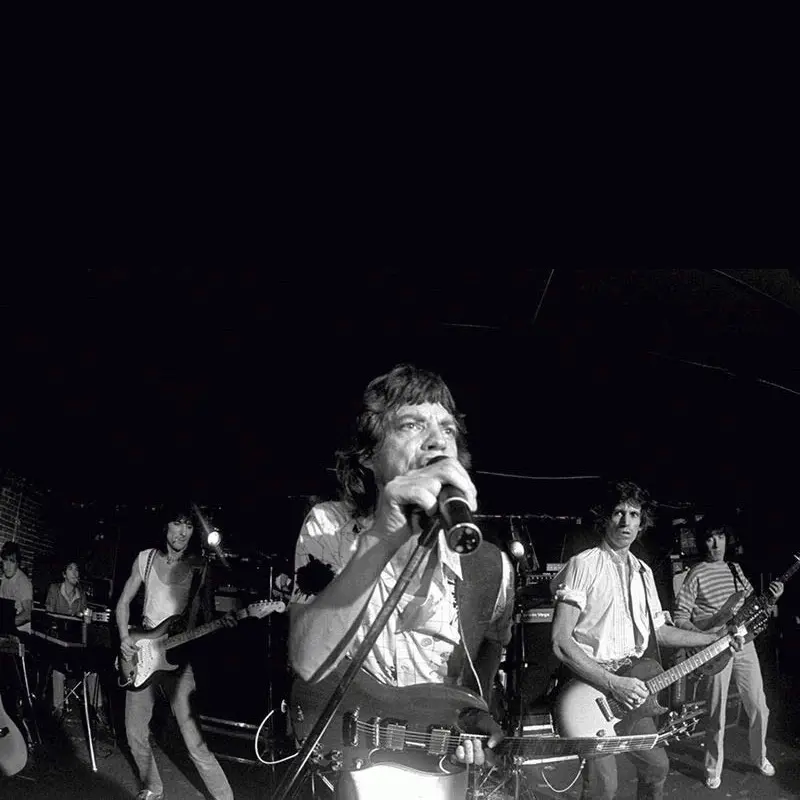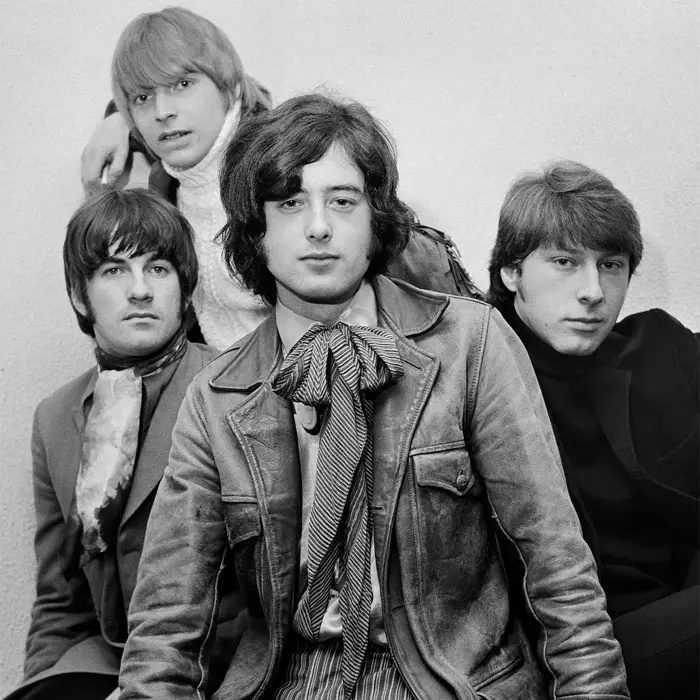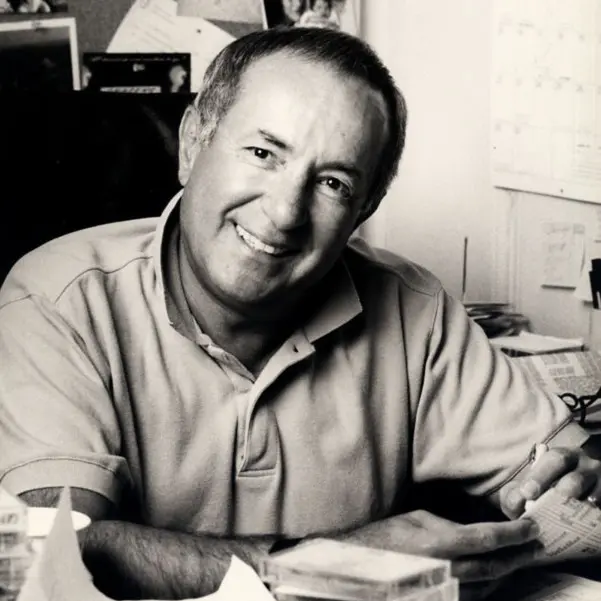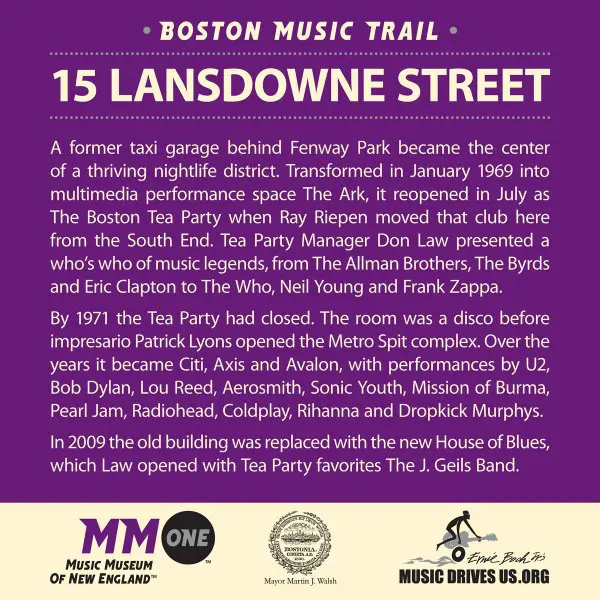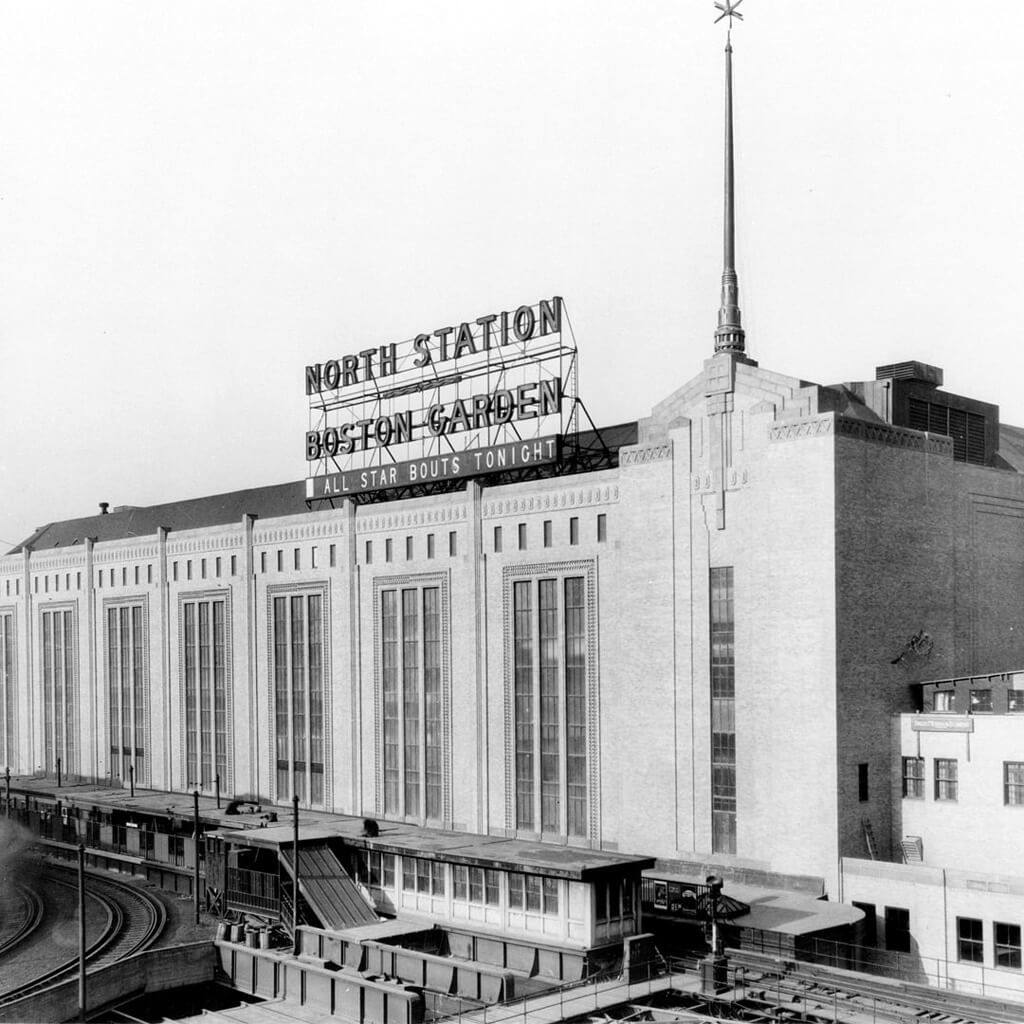Aerosmith
As befitting a band with its own “rock ‘n’ rollercoaster” at Disney’s Hollywood Studios at Walt Disney World, you’d be hard-pressed to find a group with more ups and downs over its nearly 50-year career than Aerosmith. Far and away the most successful New England rock band ever, and one of America’s biggest acts, their durability and commitment to rock and roll ensures their legacy is secure for decades to come.
Formation
Formed in 1970 from the ashes of several local groups, guitarist Joe Perry and bassist Tom Hamilton joined forces with singer Steven Tyler and drummer Joey Kramer, woodshedded in an apartment at 1325 Commonwealth Avenue and gigged locally, gaining a reputation and a second guitarist in Ray Tabano, who was replaced by Brad Whitford in 1971, solidifying the band’s “classic” (and, save a five-year period in the late ’70s and early ’80s, only) line-up.
Columbia Records, Debut Album
The quintet, all in their early 20s, signed with Columbia for their eponymous 1973 debut (recorded at Intermedia Sound Studios in late ‘72), a blooze-rock burner indebted to The Rolling Stones, The Yardbirds and early Fleetwood Mac. While not a commercial success at the time, Aerosmith went on to sell two million copies and delivered two of the band’s most enduring songs, “Mama Kin” and the power ballad “Dream On”.
Get Your Wings, Toys in the Attic, Rocks
The sessions for 1974’s Get Your Wings found the band working with producer Jack Douglas, who helped establish the band’s template: hooky, bluesy hard rock (“Same Old Song and Dance,” “Pandora’s Box,” a cover of The Yardbirds’ “Train Kept a-Rollin’”), odes to sex (“Woman of the World,” “Lord of the Thighs”) and a ballad for good measure (“Seasons of Wither”).
But it wasn’t until 1975’s octuple-platinum-selling Toys in the Attic and 1976’s Rocks that the band found themselves firmly ensconced in the hard rock firmament. The former, anchored by the title track, “Walk This Way” and “Sweet Emotion” (the band’s first Top 40 hit), and the latter’s one-two punch of “Back in the Saddle” and “Last Child,” ensured the band a lifetime of rock radio airplay, and more importantly, a deep reservoir of goodwill that the band nearly depleted in the coming lean years.
Draw the Line, Night in the Ruts, Rock in a Hard Place
The perils of fame, intra-band squabbles and drug abuse began catching up with the band for 1977’s Draw the Line and 1979’s Night in the Ruts, during the making of which Perry left the band to front his own band, The Joe Perry Project. (Perry was replaced by Jimmy Crespo, though he returned to the ‘Smith in 1984.) Whitford defected for 1982’s nadir Rock In A Hard Place, (replaced by Rick Dufay) eventually joining the Joe Perry Project; he too returned to the motherband in 1984, and the band’s line-up has remained stable ever since.
Geffen Records, Done with Mirrors, “Walk This Way”
Though they hadn’t addressed their chemical abuses and were largely painted as past-their-prime rock stars, Geffen Records General Manager Al Coury signed the band for 1985’s underrated effort, Done with Mirrors. However, it wasn’t until Perry and Tyler guested on Run DMC’s 1986 seminal rap-rock hybrid cover of “Walk This Way” that the band’s fortunes went on the upswing.
Aerosmith's Steven Tyler performing on stage
Permanent Vacation, Pump
The band got clean, the videos for the singles from 1987’s Permanent Vacation (“Dude (Looks Like A Lady),” “Angel”) and 1989’s Pump (“Love In An Elevator,” “Janie’s Got A Gun”) appeared in heavy rotation on MTV — no mean feat for a bunch of men pushing 40 at the time — and both albums went multi-platinum, completing a remarkable return to the top for a band nearly twenty years into its existence.
Get a Grip
Aerosmith’s brand of hard rock faded from cultural dominance as the hair-metal ‘80s gave way to Alternative Nation ‘90s, but the band remained popular, with 1993’s Get a Grip (and its trio of Alicia Silverstone-starring videos, “Cryin’,” “Crazy,, “Amazing”) shifting seven million copies. As popular as ever, the band was ubiquitous during this second imperial phase, popping up everywhere from Saturday Night Live and Woodstock ‘94 to video games (Revolution X) and their own nightclub, Boston’s Mama Kin (now the House of Blues).
Return to Columbia, Nine Lives
The band returned to Columbia for 1997’s Nine Lives, a long-gestating album that found the band a bit out of its comfort zone in the modern rock scene — a problem that would bedevil the band in the years to come. Still, Nine Lives topped the Billboard Top 200, went double platinum, and featured the single “Pink,” which earned the band its fourth Grammy. 1998 saw the band release their biggest hit single, “I Don’t Want To Miss A Thing,” a monster (some might say inescapable) power ballad from the Armageddon soundtrack that topped the Billboard Hot 100 for a month in September ‘98.
Super Bowl, Rock & Roll Hall of Fame, Guitar Hero
The band’s whirlwind, almost improbable, run has continued into the 21st century, with appearances at the Super Bowl (XXXV, in 2001), induction into the Rock & Roll Hall of Fame, their own video game (Guitar Hero: Aerosmith), constant touring, the occasional new album, injuries, ailments, and fights, tell-all autobiographies, television appearances, and some solo country (!) albums from Tyler.
Boston Music Trail, Farewell Tour
In 2012, the band’s 1325 Commonwealth Avenue apartment was added to The Boston Music Trail, an event that was commemorated with a live outdoor performance by the fivesome, and served as a reminder that, though they’ve been around the world, they’ll always be “the Bad Boys From Boston.” In April 2024, the group announced a farewell tour of North America starting in late September and ending in late February 2025, which will include a New Year’s Eve show in Boston at TD Garden (formerly Boston Garden). The band said that the “special hometown show” will be a highlight of the tour, according to CBS News.
(by Stephen Haag)

